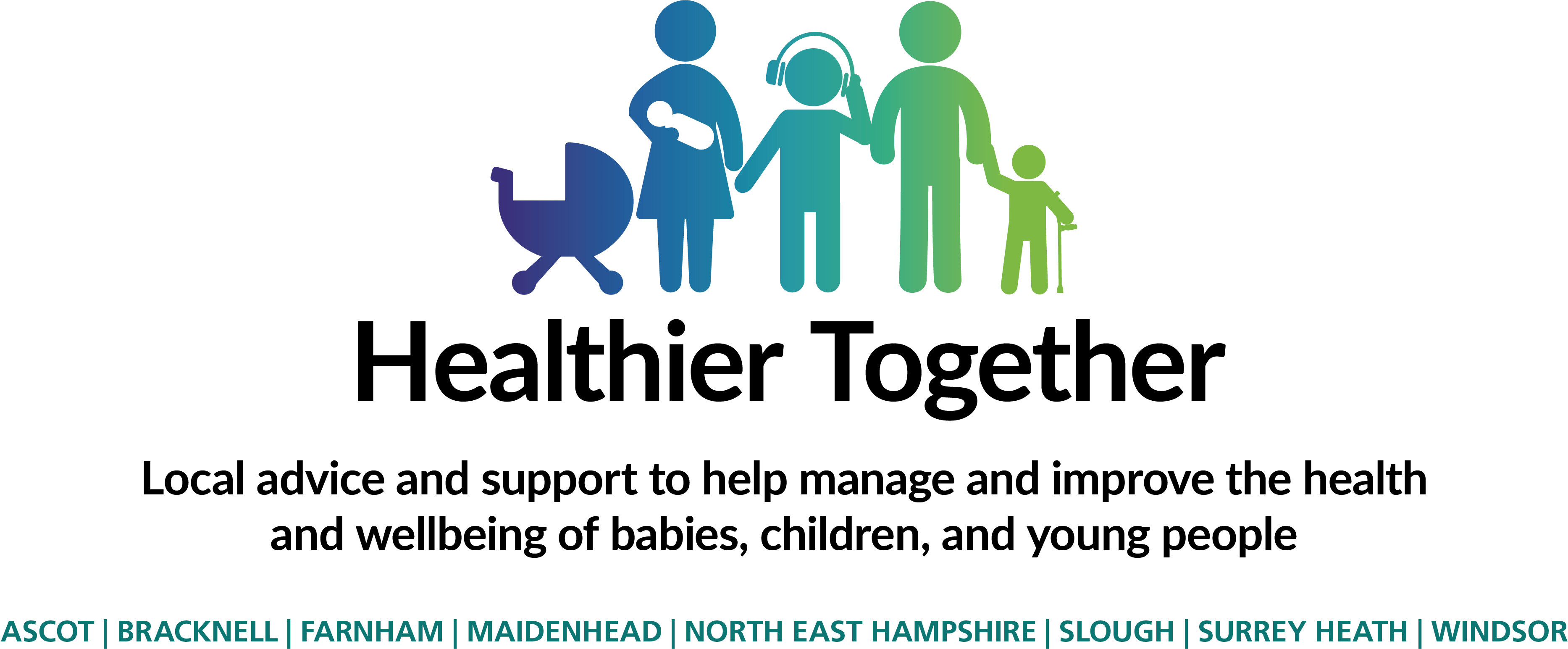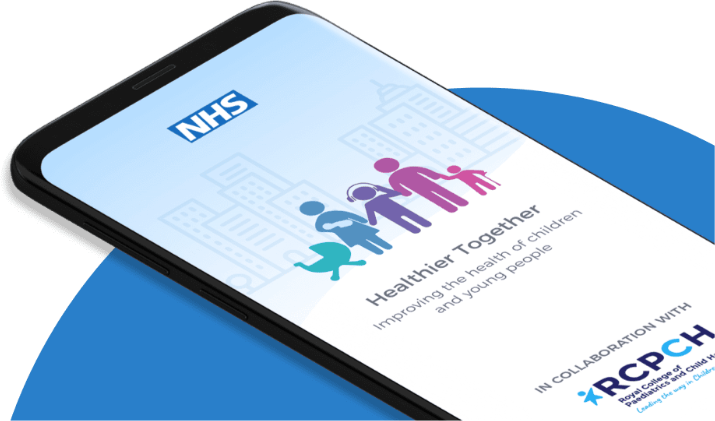My baby has a hernia
Hernias are caused by an opening in the muscle of the abdominal wall , allowing the intestines (bowel) to move in and out. They can occur around the belly button (umbilical hernia) or in the groin area (inguinal hernia). They are common in babies, especially premature babies. Umbilical hernias rarely require treatment but inguinal hernias need to be operated on.
What is an umbilical hernia?
An umbilical hernia is a bulge at your child’s belly button. This arises when the opening for the umbilical cord doesn’t close completely after birth. This hole allows intestines (bowel) to move in and out causing a small bulge. The hernia may be larger in size if the baby cries, coughs, or strains and may disappear completely if they are lying down.

Is an operation required for an umbilical hernia?
Most children will not require an operation and often the hernia will resolve itself in the first couple of years of life. However, if the hernia is particularly large or if the hernia is still present when the child reaches age 4 they may require an operation to repair it.
What do I do if I notice an umbilical hernia?
If your child is under 3 and you notice an umbilical hernia, no action may be required. If they are feeding well, opening their bowels and have no pain over the lump, you can just monitor it at home.
If your child is over 4 and you notice an umbilical hernia, but they are well, feeding well, with no pain over the hernia, arrange an appointment to see your GP. They will refer you to see the Paediatric Surgical team in clinic.
When should I worry:
If there are any changes to the colour of the skin over the hernia, or it becomes painful, your child is vomiting and not feeding well, seek urgent medical attention in a child of any age. In this case the bowel may have been stuck in the hernia which may require an urgent operation. This is extremely rare. Take a look at the red, amber and green sections below.
GO TO A&E OR CALL 999 IF:
If your baby / child has a swelling at the belly button which can't be pushed back in and any of the following:
- Swelling is sore
- Swelling is red
- A full / swollen tummy
- Vomiting – particularly green
- Unsettled / pain
If your child is over 4 and you notice an umbilical hernia, but they are well, feeding well, with no pain over the hernia, arrange an appointment to see your GP.
NO ACTION REQUIRED - MONITOR THE LUMP
If your baby / child has a lump at the belly button that comes and goes but none of these features are present:
- No pain or discomfort over the swelling.
- No changes to the skin colour over the lump.
- Feeding well, no vomiting and growing well
The swelling may change in size with coughing or crying or straining.
What is an Inguinal Hernia?
An inguinal hernia is a small bulge in the groin area. They are very common in children, particularly in premature babies. In children this occurs when there is a small opening in the muscle wall in the groin which allows intestine (bowel) to bulge out causing a lump in the groin. The hernia may increase in size as your baby strains or cries. A hernia can occur on either side of the body or sometimes on both sides and your child will require an operation to fix it. In a girl sometimes the ovary can bulge out instead of the bowel.
Why is an operation required?
Often the bowel can move in and out quite easily through this opening but sometimes the bowel can get stuck. If the bowel becomes trapped it may not receive an adequate blood supply and your child will become unwell. We therefore like to operate to prevent this complication from occurring.
What do I do if I notice an inguinal hernia?
If you notice a new lump in your child’s groin, you will need to seek medical assistance. If your child is happy, feeding well, pooing normally and the lump doesn’t appear to be painful and disapears with gentle pressure you can make an appointment with your GP. They will refer you to see a paediatric surgeon.
However, if the lump is painful, discoloured, your child’s abdomen is big and swollen, they are vomiting, you are unable to push it back in or are unwell, you should attend the Emergency Department urgently. For more information about things to look out for, take a look at the red, amber and green sections below.
ATTEND A&E IF:
The lump in the groin is present all the time (won't go away with some gentle pressure) and/or your baby has any of the following
- The swelling is sore or red or both
- A full / swollen tummy
- Vomiting – particularly green
- Your baby is unusually unsettled or seems to be in pain
DISCUSS WITH GP / HEALTH VISITOR URGENTLY IF:
Your baby has any of the following but the lump is not sore to touch and still comes and goes freely:
- Lump getting bigger over time
- Irritability
- Feeding difficulties
- Difficulty opening bowels
- Sleep disturbance
SEE GP IF:
You notice a new swelling or lump in the groin but:
- It comes and goes (particularly noticeable if the baby is crying or straining but disappears when settled)
- Baby is feeding well
- Baby is settled
- The lump is not sore to touch
- The lump is not red





